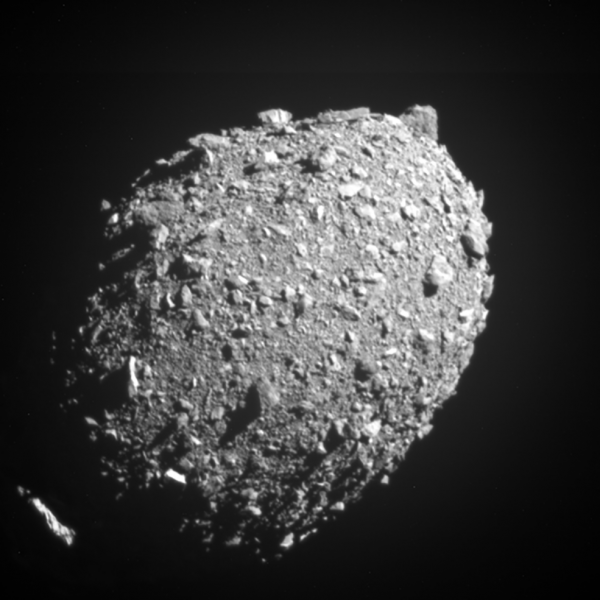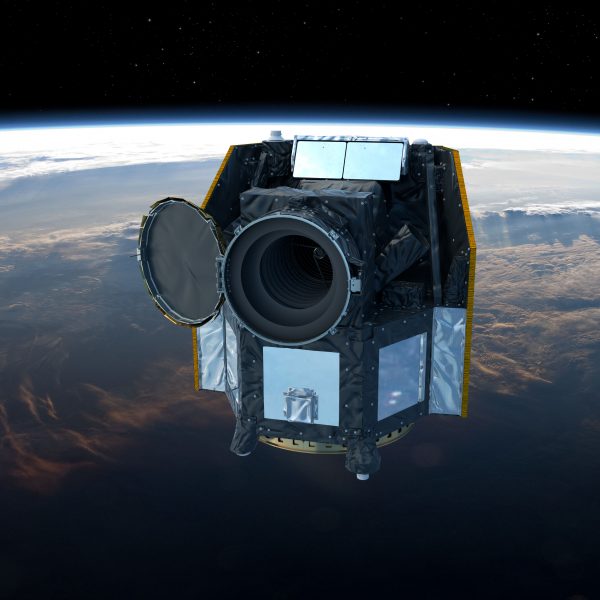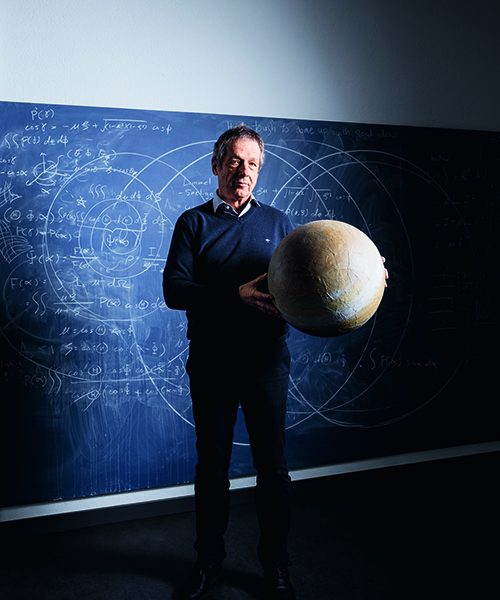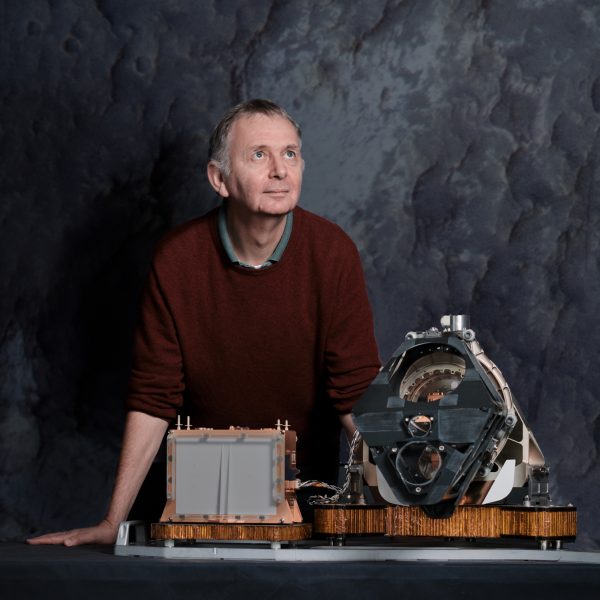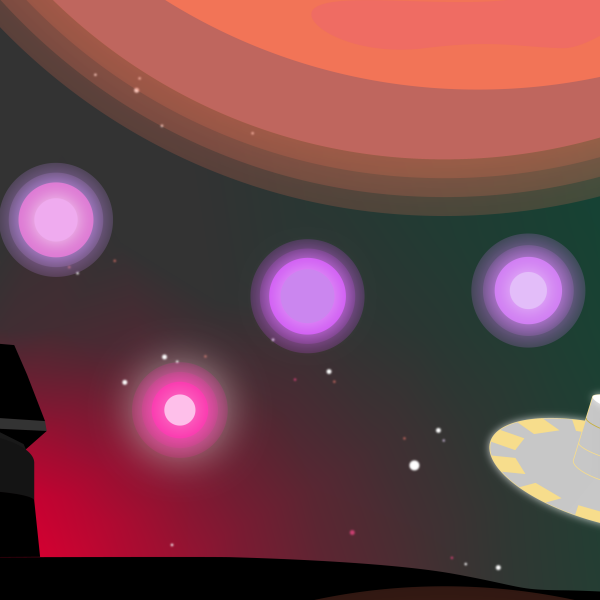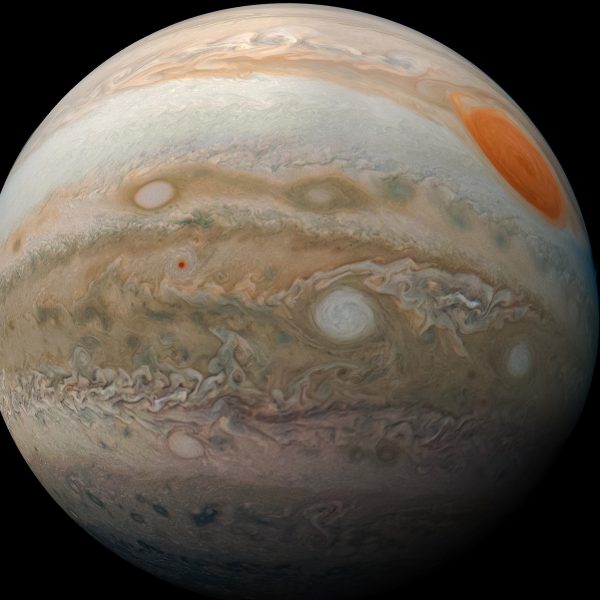External Newsletter
Editorial
Dear readers, For more than 4 billion years, the Earth has been impacted by small asteroidal and cometary bodies. These objects are often thought of as debris from solar system formation and their effect on the Earth, the Moon and other planets has been significant. We only need to look at the surface of the […]
Continue ReadingFirst insights from the DART mission impact
On September 27, the world’s first full-scale planetary defense test against potential asteroid impacts on Earth hit its target. Researchers of the University of Bern and the National Centre of Competence in Research (NCCR) PlanetS that are involved in NASA’s Double Asteroid Redirection Test (DART) mission give preliminary insights. The final five-and-a-half minutes of images […]
Continue ReadingGetting close to space at the Night of Research
Last Saturday, the fourth “Night of Research” took place at the University of Bern. Members of the National Centre of Competence in Research (NCCR) PlanetS were also there and took visitors on a voyage of discovery into space. “My comet stinks,” exclaimed a young visitor in amazement, pointing to the mass of humus soil, dry […]
Continue ReadingA thousand days of CHEOPS
After a thousand days in orbit, the CHEOPS space telescope shows almost no signs of wear. Under these conditions, it could continue to reveal details of some of the most fascinating exoplanets for quite some time. CHEOPS is a joint mission by the European Space Agency (ESA) and Switzerland, under the aegis of the University […]
Continue Reading“You have to be patient and persistent.”
The discovery of the first planet outside our solar system in 1995 gave an enormous boost to planetary research and the search for Earth-like planets. With the National Centre of Competence in Research (NCCR) PlanetS, which brings together researchers from the Universities of Bern, Geneva and Zurich and ETH Zurich, Switzerland is at the forefront […]
Continue ReadingThe man with the instruments in space
Nicolas Thomas wants to understand Mars, comets and the icy moons of Jupiter. To do so, he builds instruments that fly through space on of board space probes. By Brigit Bucher When asked how he came up with the idea of becoming an astrophysicist, the answer comes lightning-fast: “Quite clearly: because of the first moon […]
Continue ReadingOpen Days at the Observatory of Geneva
The Observatory of Geneva celebrates its 250th anniversary with a year of activities for the public between June 2022 and June 2023. To launch these festivities, the Observatory of Geneva opens its doors for a special weekend on 18th and 19th June 2022. Come and discover the researchers of the astronomy department of the University […]
Continue ReadingGround-breaking number of brown dwarf companions discovered
Brown dwarfs, mysterious objects that straddle the line between stars and planets, are essential to our understanding of both stellar and planetary populations. However, only 40 brown dwarfs could be imaged around stars in almost three decades of searches. An international team led by researchers from the Open University and the University of Bern directly […]
Continue ReadingA closer look at Jupiter’s origin story
Researchers of the University of Zurich (UZH) and the National Centre of Competence in Research (NCCR) PlanetS have investigated Jupiter’s formation history in great detail. Their results suggest that the giant planet migrated far from its origin and collected large amounts of material on its journey. One of the most important open questions in planetary […]
Continue Reading
